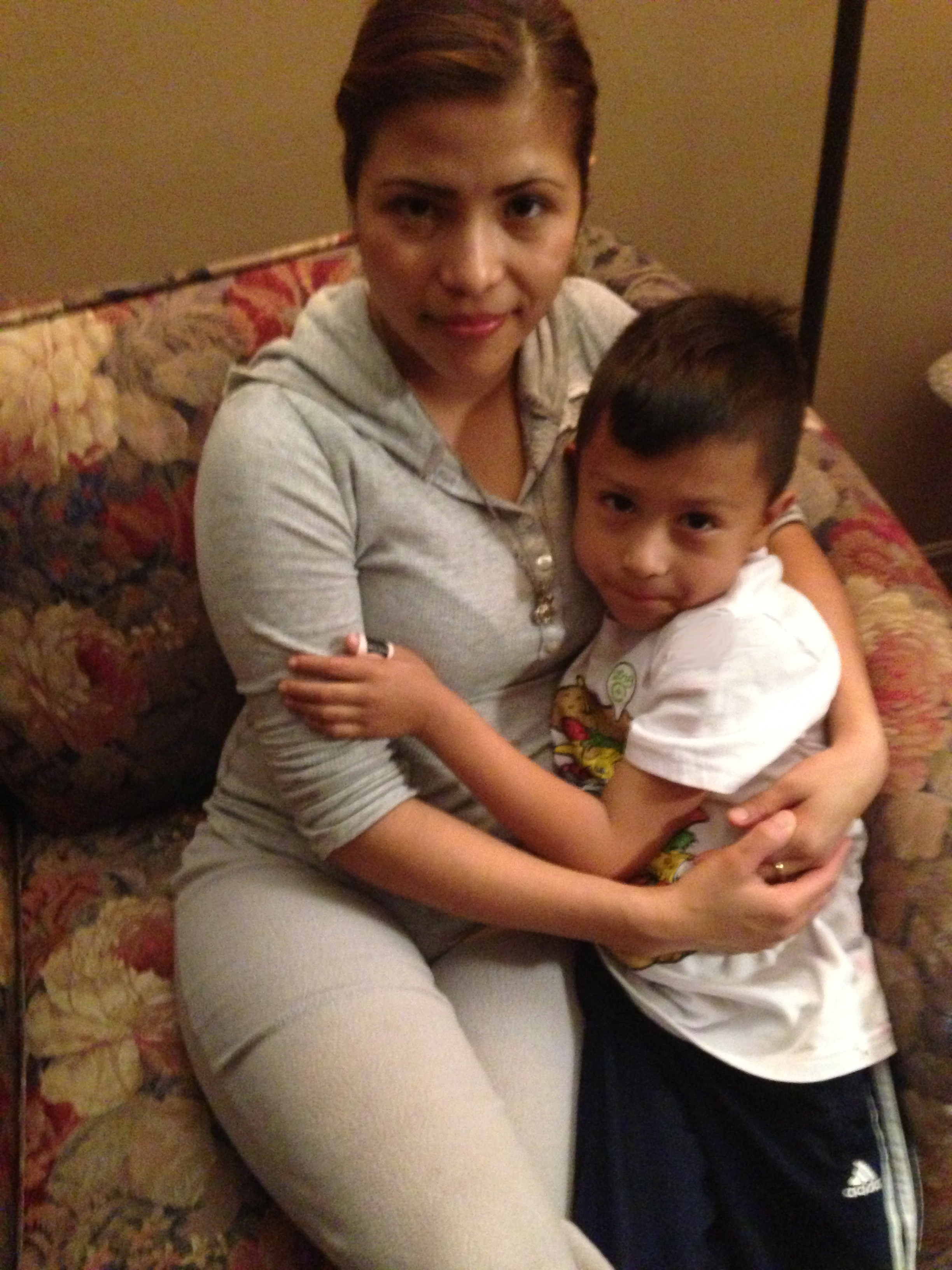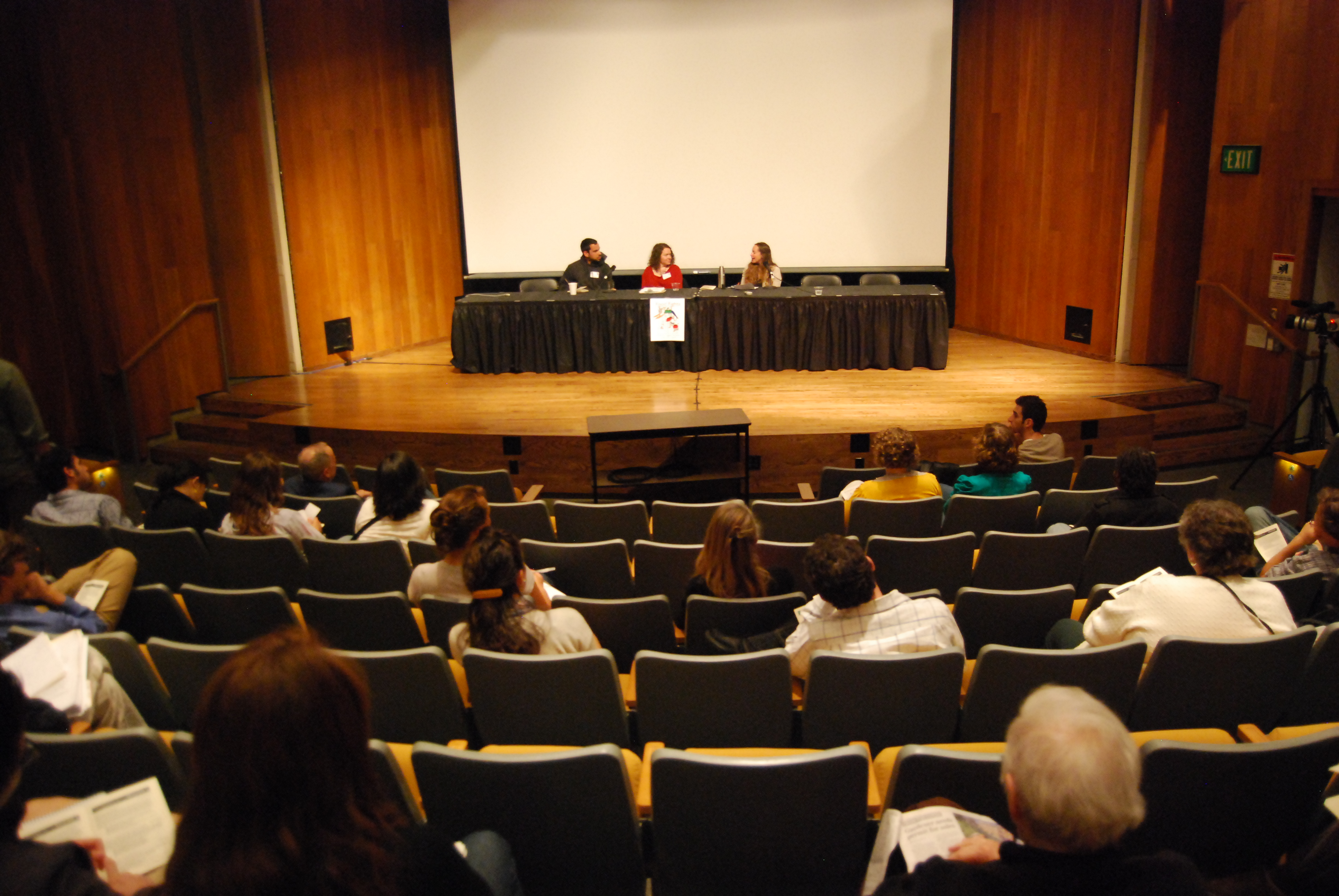Alejandra Vasquez, a single mother, must make a choice everyday as she returns from work around 6 p.m. At that time she has the option of taking a detour to the supermarket or taking an easier route and buying fast food for her and her 7-year-old son.
By Brian De Los Santos
EL NUEVO SOL
According to the California Restaurant Meal Program, Vasquez is one of the 53 million beneficiaries of the Electronic Balance Transfer (EBT) food stamp program.
“Now I do not have to deprive my son, who is the main beneficiary,” she said in Spanish. “And if my son desires to eat something, I can buy it with that card.”
The EBT food program grants low-income, elderly and homeless citizens access to food at grocery stores, convenience stores, fast food restaurants and at certain farmer’s markets through a state-issued debit card. Cardholders may also extract money at certain ATM’s.
The EBT card plan is used throughout the 50 states including the District of Columbia, Puerto Rico, the Virgin Islands, and Guam.

The EBT card plan is used throughout the 50 states including the District of Columbia, Puerto Rico, the Virgin Islands, and Guam. Oscar Ortega, photographer/El Nuevo Sol.
In California, the EBT card is provided through the CalFresh program (formally known as Food Stamps). The funds are accessed from state’s taxpayers’ dollars.
Beneficiaries must go through an application process to be eligible to receive the subsidy of the program.
However the meal program has been challenged for its option to purchase fast food.
In Feb. 2011, Sen. Michael J. Rubio (D- East Bakersfield) introduced Senate Bill 471, a measure that would change the CalFresh Program and “prohibit food stamp purchases in fast food restaurants.”
“We must give people what they need, not what they want,” Rubio said on his website.
The number of fast food restaurants that offer EBT usage has increased throughout the years.
According to the Department of Public Social Services, in 2007 there were 232 fast food locations that accepted EBT and in 2010 there were about 1,210.
The numbers show a 450 percent increase in the total number of fast food restaurants over a span of four years.
EBT users, like Vasquez, understand that choosing fast food is probably the easiest way in obtaining pre-prepared food in a more convenient time.
Vasquez said that the option to choose what EBT beneficiaries want to eat is given to them. It is up to them to decide to eat healthy or not.
Frank Tamborello, Hunger Action Los Angeles director, works with low-income families that receive the meal plan’s benefits.
He said that fast food is a benefit for those EBT users that do not have a way to cook their own food.
“The reason why the (EBT) cards are being offered to be used in fast food restaurants in food assistance is towards the people who do not have access to cook their food,” Tamborello said in Spanish.
Others say, another factor in choosing fast food over healthier meals can be found in the cost of the food itself.
56-year-old Elsi Torres, Valley Village resident, said that one can depict the contrast in prices between healthy, organic food at a market and a full meal at a fast food restaurant.
“I honestly do not try buy fast food items, because I would rather eat healthy, but they are cheaper,” Torres said in Spanish. “Organic food is far more expensive.”
Experts agree that money is a major factor in choosing food or meals at a minimum cost since EBT users are given an allowance for usage each month.
According to Teri O’Neal, gastroenterology nurse at Kaiser Permanante hospital in Panorama City, most people buy food within their possible means.

When people have a limited amount of time to cater to their nutrition needs, choosing fast food might be the best bet in certain situations. Oscar Ortega/El Nuevo Sol
“They (EBT beneficiaries) can get a hamburger for less than a dollar, at least,” O’Neal said. “But a salad can cost five or six dollars. Are they going to spend their money on a salad or is there more of a chance that they will choose junk food? Healthy food costs more money.”
When people have a limited amount of time to cater to their nutrition needs, choosing fast food might be the best bet in certain situations.
Dr. Erica Wohldman, psychology professor at California State University Northridge said the reasoning behind the psychology of food choice may be the time allotted. Time is a component of the overall situation.
“Part of the reason why people are more likely to go, especially when they are in a hurry to a fast food restaurant, and not necessary to a grocery story is because preparing food takes time,” Woldman said.
Vasquez, who is a dentist’s assistant, tries to avoid fast food when serving the dinner meal to her son.
She said her son’s health is one of her main priorities.
According to the Centers for Disease Control and Prevention (CDC), 24.8% of the population of California was considered obese in 2009.
O’neal said more and more people are suffering from diabetes, cardiac problems, high cholesterol and other diseases associated with nutrition and obesity.
“People are what they eat,” the gastroenterology nurse said.
Due to living circumstances, the health of EBT users is affected by negative choices, experts say. Many of them are not given a choice.
“Instead of blaming the individual, I actually believe this is a systematic problem,” Woldman said.
Not all EBT users opt for the fast food that is easily catered through the program’s benefits.
Before arriving home and tending to her son, Vasquez usually stops by the grocery store to buy food. If there are not any meals prepared beforehand, she takes the time to cook it.
She said although fast food is highly accessible and beneficial to her time schedule, she would rather purchase food and cook it.
“The (EBT) card is given to us to buy food that will make us more healthy,” the single mother said. “That is why I do not agree that they have made it (available) for fast food.”
Tags: Brian De Los Santos comida chatara EBT fast food food justice justicia alimentiza obesedad obesity SB471













